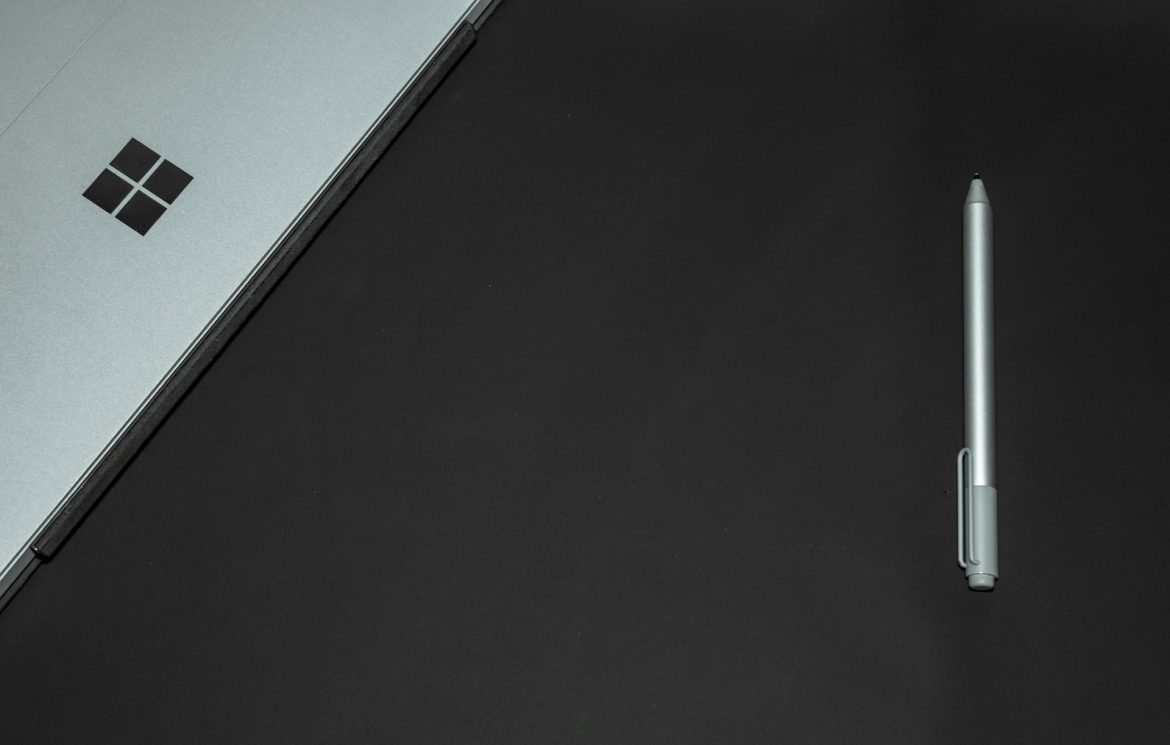A few of the new Windows-on-ARM notebooks with Copilot+ have arrived in our c’t lab since their release. Here are our first impressions.
Starting Tuesday, June 18, 2024, retailers have been allowed to sell notebooks with Qualcomm’s ARM processors, the Snapdragon X Elite (12 cores) and Snapdragon X Plus (10 cores). Unlike the usual process where press representatives get devices one or two weeks before the official release for preliminary testing, this time things were more rushed. This is largely due to Microsoft: The unveiling of the new notebooks and the Copilot+ device class on May 20 was shrouded in secrecy, with no typical livestream of the event available (not for the press, customers, or even employees). Notebook manufacturers themselves learned all the details only a few days before, with some local branches informed only after the event.
Microsoft accelerated its timeline to announce AI features for notebooks ahead of Apple’s WWDC and aimed to deliver these features significantly before Apple. However, when things are rushed, not everything goes smoothly: Although the latest Windows 11 version 24H2 initially launched only on devices with Copilot+ and Snapdragon-X processors, it missed multiple deadlines. Originally expected to be finalized by June 11 and then June 13, it was actually completed on June 15. Additionally, the main feature “Recall” was changed from an opt-out to an opt-in option before being removed entirely due to security concerns, without a set release date for beta testers (Windows Insiders) or regular users.
At c’t, the first notebooks have been arriving almost daily: By Wednesday, we had received the Asus Vivobook S 15 and all three new Microsoft devices, Surface Laptop 7 13.8″, Surface Laptop 7 15″, and Surface Pro 11 (OLED). We expect more devices from Lenovo and Samsung soon. Dell, HP, and Medion are likely to start shipping in July, with Acer following in August.
This was an excerpt from our heise-Plus article “First Impressions of Windows on ARM with New Snapdragon X Processors.” With a heise-Plus subscription, you can read and listen to the full article.



